Orthopedic rehabilitation is a specialized medical branch focused on restoring function and mobility to those who have suffered musculoskeletal injuries or undergone orthopedic surgeries. Healing after musculoskeletal injuries can be slow. The rehab’s goal is also to speed up recovery, eliminate pain and prevent further complications.
To boost the efficiency of your orthopedic rehabilitation, consider Initiating rehab as soon as possible after injury or surgery to prevent complications, promote optimal healing, and expedite recovery. Be consistent with treatments and therapies and seek emotional support throughout the rehabilitation process. As a branch of physical and occupational therapy, this rehabilitation program aids patients in recovering from a range of conditions, facilitating the restoration of their mobility, bodily functionality, muscular resilience, and flexibility in joints.
Except for rehab therapy, it may include wound care, IV therapy and nursing care depending on the severity of the condition.
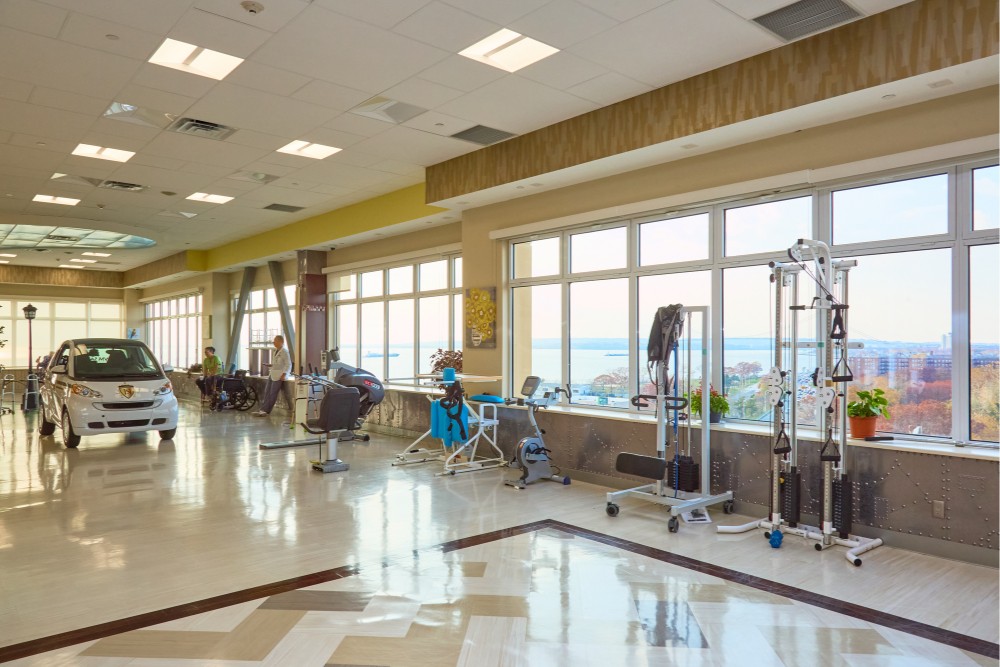
Orthopedic Rehabilitation
Various health condition may require Orthopedic rehabilitation. Some of them are those after surgery or injury, sports and vehicle accidents, chronic conditions, degenerative diseases, or traumatic injuries as well as arthritis, including rheumatoid arthritis.
After joint surgery and musculoskeletal injuries
Musculoskeletal diseases are injuries of joints, muscles, nerves, and spinal discs. Work-related musculoskeletal disorders refer to conditions wherein either the work environment and tasks substantially influence the ailment, or where work conditions exacerbate or prolong the condition.
Following surgeries such knee replacement or hip replacement, shoulder, ankle, other joint replacements or spinal surgeries, orthopedic rehabilitation does help patients to regain their mobility and strength and facilitates the healing process.
This rehab also helps after sustaining injuries like fractures, sprains, muscle strains, or tendon tears, rehabilitation can promote recovery, reduce pain, and restore function.
After sports and traumatic injuries
In the United States, approximately 30 million children and adolescents engage in organized sports activities. Each year, over 3.5 million injuries occur among these participants, resulting in some degree of time lost from participation. Sports-related injuries account for nearly a third of all childhood injuries, with sprains and strains being the most prevalent types.
For athletes or individuals with active lifestyles, orthopedic rehabilitation focuses on safely returning them to their pre-injury level of activity or sport.
Athletes who suffer sports-related injuries, such as ACL tears, rotator cuff injuries, or stress fractures, often require rehabilitation to return to their pre-injury level of performance safely.
Traumatic injuries typically occur due to accidents, falls, collisions, or other incidents that cause immediate damage to the body. These injuries can affect various parts of the body, including the head, neck, spine, chest, abdomen, and extremities. Examples of traumatic injuries include fractures, sprains, strains, dislocations, concussions, lacerations, contusions, burns, and traumatic amputations.
The injuries can range from mild to severe and may require medical intervention, including emergency care, surgery, and orthopedic rehabilitation, depending on their severity and complexity. Traumatic injuries often have a sudden onset and can result in significant pain, disability, and impairment of function, requiring prompt evaluation and treatment to optimize outcomes and facilitate recovery.
Arthritis and degenerative conditions
Affecting the musculoskeletal system, such as osteoporosis or degenerative disc disease, may necessitate rehabilitation to maintain function, manage pain, and prevent further deterioration.
Orthopedic rehabilitation is highly beneficial for people with arthritis. While it cannot cure arthritis, rehabilitation can help manage its symptoms, improve joint function, and enhance overall quality of life for people living with arthritis.
Rehabilitation specialists teach patients joint protection techniques to minimize stress on arthritic joints during daily activities, reducing pain and preserving joint function. Patients receive education about their arthritis condition, including its causes, symptoms, and management strategies.
Orthopedic rehabilitation may also involve guidance on lifestyle modifications, such as weight management, ergonomic adjustments, and adaptive techniques to ease daily tasks.
Orthopedic rehabilitation stands as a crucial and efficient treatment avenue for those contending with musculoskeletal injuries, illnesses, or surgical procedures. Through mitigating constraints, alleviating discomfort, and enhancing movement, orthopedic rehabilitation reinstates functionality and elevates overall well-being.
Supported by orthopedic surgeons and a committed healthcare team, patients can initiate a path toward healing, restoration, and revitalized optimism. For those prepared to embark on this journey to reclaim control over their musculoskeletal well-being, connecting with a nearby orthopedic specialist unveils the profound impact of orthopedic rehabilitation firsthand.
Resources:
Sports Injury Statistics. How frequently do sports injuries occur? https://www.hopkinsmedicine.org/health/conditions-and-diseases/sports-injuries/sports-injury-statistics
Work-Related Musculoskeletal Disorders & Ergonomics – Workplace Health Promotion – Centers for Disease Control & Prevention – https://www.cdc.gov/workplacehealthpromotion/health-strategies/musculoskeletal-disorders/index.html
What is Orthopedic Rehabilitation? https://www.aoaortho.com/what-is-orthopedic-rehabilitation/
This content comprises informative and educational resources only and can not be considered as a substitute for professional health or medical guidance. Reliance on any information provided in this article is solely at your own risk. If you have any inquiries or apprehensions about your medical condition or health goals, talk with a licensed physician or healthcare provider.


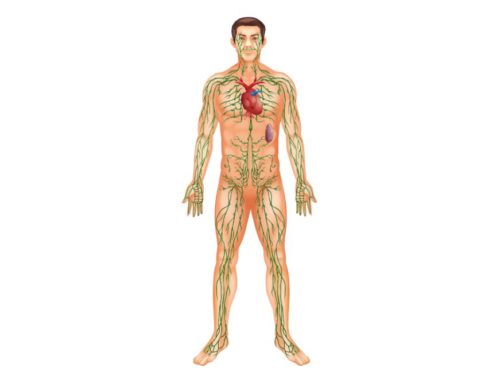
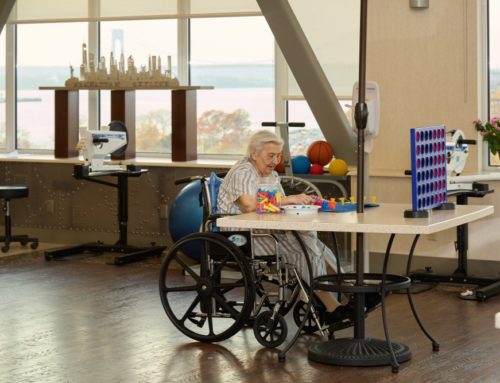
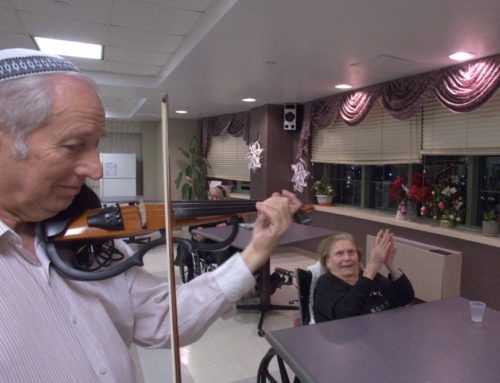
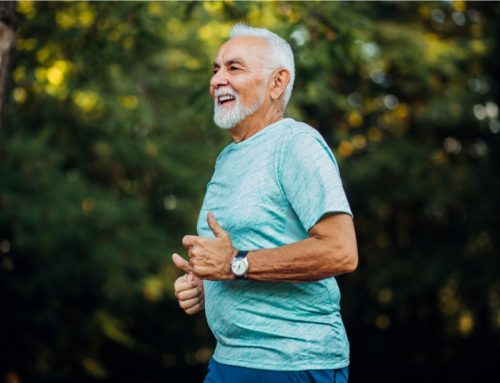
Leave A Comment